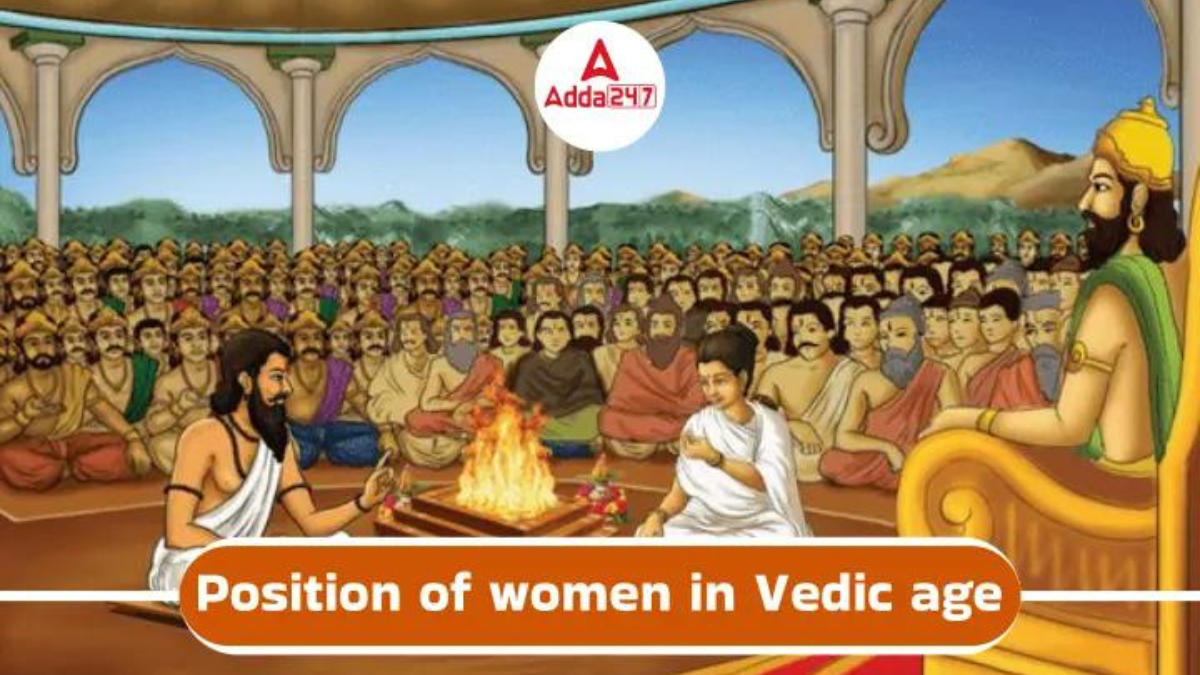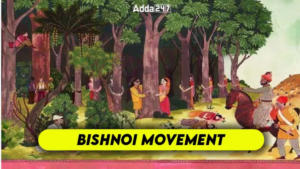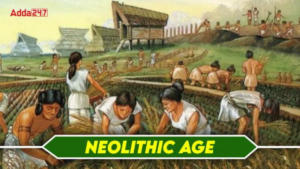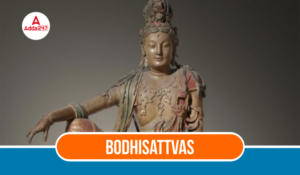Table of Contents
The Vedic Period was an important phase in the development of Indian civilization and culture, identifying the path of other ancient societies. During this period, four principal Vedas developed, functioning as informative guides for numerous parts of society, including religious, political, and economic issues.
During the later Vedic Period, characterized by the transition to a predominantly agrarian society, the Samhitas of Yajur Veda, Atharva Veda, and Sama Veda were authored. These texts, crafted amidst the burgeoning complexities of society, intricately detailed rituals and protocols.
Women in the Vedic Period
The Vedic Period showcased considerable advancement, notably in gender equality. A complex societal framework ensured parity between women and men, with joint political rights accorded to married couples. This inclusive idea was used to governing organizations like as the senate (Sabha) and governmental assemblies (Samiti). Women in the affluent class frequently arranged Swayamwars to choose their mates, emphasizing the importance of marriage despite mutual agreement.
Women in Post-Vedic Period
During the post-Vedic period, women’s rights experienced a decline, likely influenced by the introduction of non-Aryan marriages. Non-Aryan wives lacked familiarity with Vedic rituals, leading to their exclusion from various religious practices alongside their Aryan husbands. Consequently, Aryans also gradually lost certain privileges.
Daughters were increasingly deprived of formal education, and the marriageable age for girls dropped significantly to as young as 8 or 10 years. This shift led to a rise in pre-puberty marriages, with many child brides lacking sufficient education. Women faced dowry demands, and although widowhood wasn’t always stigmatized, widow remarriage wasn’t consistently encouraged. These societal changes marked a significant regression in the status and rights of women, leading to generations of women who were disenfranchised and largely dependent on male family members. The limitations on education and early marriages curtailed their personal growth and opportunities, reinforcing a cycle of gender inequality.
Role and Status of Women in Early Rig Vedic Period
- Women held esteemed positions and wielded power in society, reflecting the Aryans’ belief that the presence of respected women signifies the presence of gods.
- Participation in both domestic and religious rituals was open to women.
- Unmarried women were mandated to receive education, recognizing that only educated women could proficiently conduct Vedic ceremonies.
- Women were allowed to engage in the Upanayana ceremony, marking their entrance into education.
- Marriage was permitted for women after the age of 16, granting them the autonomy to choose their life partners and even organize their swayamvar ceremonies.
- Child marriage was uncommon, and the practice of Sati was rare.
- Despite being patriarchal, early Vedic society provided for adult marriage, marriages of choice, and widow remarriage.
Role and Status of Women in Later-Vedic period
- The status of women in the later Rig Vedic period underwent a transformation for unclear reasons.
- Scholars suggest that increased interaction with different cultures led to the imposition of restrictions on women based on specific criteria.
- This period witnessed the emergence of a rigidly patriarchal culture, where women’s rights were curtailed.
- Religion played a central role in imposing these restrictions, resulting in the revocation of rights such as the freedom to marry at will and access to education.
- The age of marriage for women decreased, and they were often viewed primarily as tools for reproduction.
- Social mobility for women declined as they were confined within the boundaries of their homes, relegated to the role of housewives.
- Widow remarriage was prohibited, and widows were compelled to live as widows, with the emergence of the purdah system becoming prevalent.
- There was a surge in the prevalence of child marriages during this period.
Educational Opportunities for Women
In the later Vedic Period, women had equal access to education compared to men, a practice considered crucial during that time. This equality persisted well beyond the end of the Vedic Period, which historians typically date around 600 B.C.E., extending for centuries afterward, until around 200 B.C.E.
- During this era, both girls and boys attended educational institutions known as Gurukulas, where they underwent the Brahmacharya Ashrama, a phase of celibate student life preceding marriage. Here, they received instruction in various subjects. Women seeking eligibility for Upanayanam were encouraged to excel in fields like philosophy, logic, and Vedic studies, along with proficiency in singing Rig Veda slokas. Notably, women were more inclined to study the Atharva Veda than men.
- Additionally, a system of homeschooling existed for women, predominantly among the lower classes unable to afford prolonged travel or residence away from home. Daughters, like their brothers, often assisted their fathers in agricultural tasks, learning skills such as milking cows, spinning yarn, knitting, and sewing. They also received training in artistic pursuits like dancing, painting, and drawing. Texts such as the Taittiriya Sanhita and the Satapatha Brahmana highlighted the importance of women’s practical education.



 Bishnoi Movement - History, Objective, a...
Bishnoi Movement - History, Objective, a...
 Neolithic Age- Agriculture, Tools, Potte...
Neolithic Age- Agriculture, Tools, Potte...
 Bodhisattvas: History, List of Bodhisatt...
Bodhisattvas: History, List of Bodhisatt...
